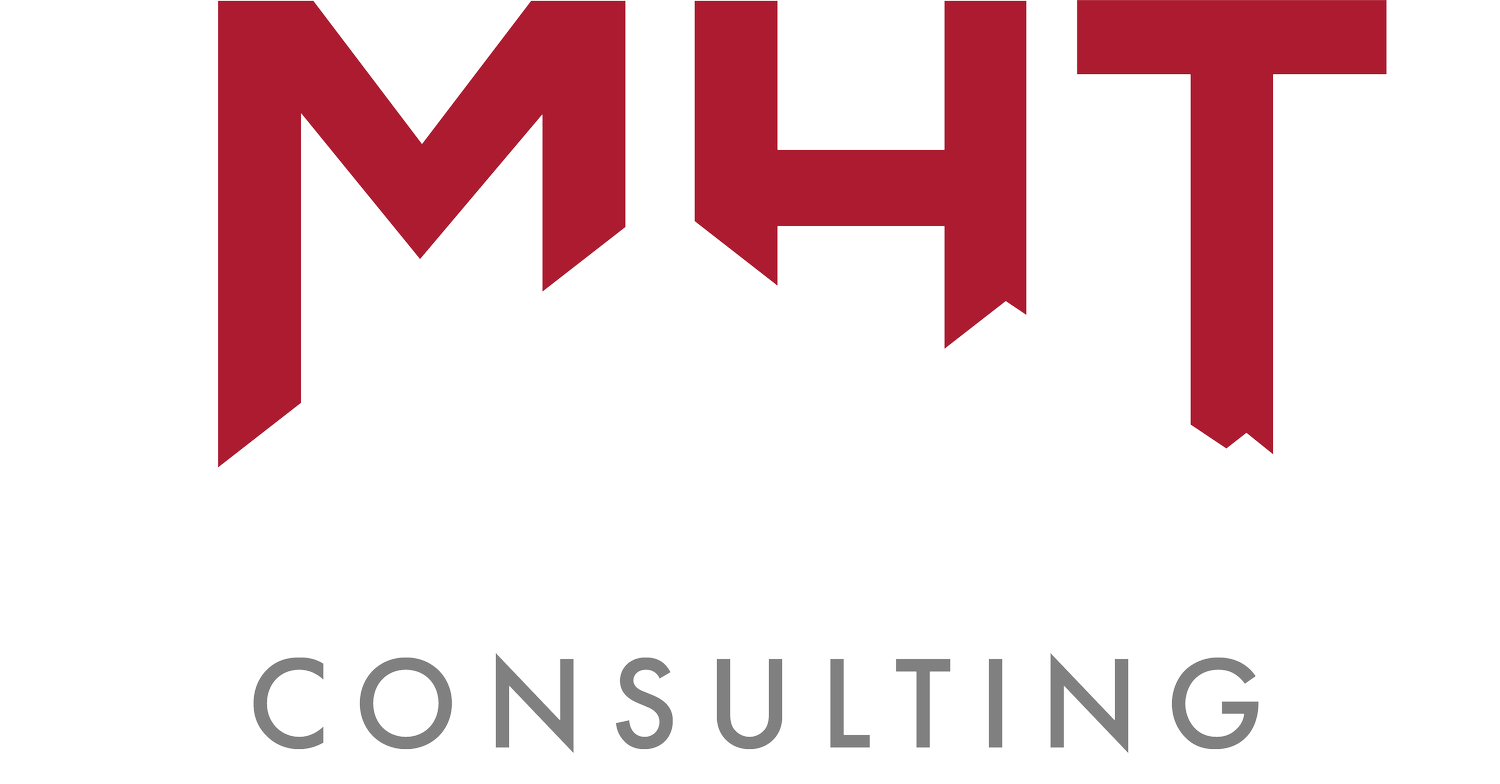GHG Reporting
Tracking greenhouse gas (GHG) emissions affects operations, costs and future regulations.
Facilities in natural gas production, processing, transmission, storage, and distribution must report CO₂, methane (CH₄), and nitrous oxide (N₂O) emissions under EPA’s Subpart W Greenhouse Gas Reporting Program (GHGRP).
What It Is & Why It Matters
GHG reporting tracks emissions across all oil and gas operations and is required for facilities emitting 25,000 metric tons CO₂e per year or more.
Why it matters:
Missing reports or inaccurate data can lead to EPA fines, audits and enforcement actions.
Proposed methane fees could increase costs for facilities with high emissions.
Tracking emissions can help reduce venting, flaring and leaks, cutting waste and improving operations.
Some companies can qualify for carbon offset programs or emission reduction credits if they proactively manage emissions.
4 Common Challenges
Challenge 1: Estimating vs. Measuring Emissions
Many companies estimate emissions using EPA formulas instead of measuring them directly, which can lead to over- or under-reporting.
Challenge 2: Complex Reporting Rules
EPA’s Subpart W has different reporting methods for various sources (pneumatic devices, compressor blowdowns, etc.), making reporting confusing.
Challenge 3: State vs. Federal Requirements
Some states require GHG reporting at lower thresholds or include additional pollutants beyond CO₂ and methane.
Challenge 4: Changing Rules
New tracking and reporting requirements are set to take effect in 2025. These updates expand mandatory tracking and could increase costs.
Key changes include:
Methane fees tied to emissions - Under the Waste Emissions Charge (WEC), facilities with high methane emissions could face new financial penalties. Reporting accuracy is not only required by the rule but also impacts what you’ll pay.
Expanded tracking requirements - Facilities must now report methane slip from engines, engine crankcase vent emissions and blowdowns at production sites.
Super emitter events & large release tracking - Operators will need to document and report high-volume methane release events more rigorously.
Produced water tank emissions reporting - Previously untracked methane emissions from produced water tanks will now be included.
With these new requirements, small miscalculations could lead to major cost increases or compliance issues. Operators who proactively track and mitigate emissions will be in a stronger position.
How to Simplify GHG Reporting
Track the right data - Record fuel usage, venting, flaring, and equipment operation in real-time.
Use EPA-approved methods - Ensure GHG calculations follow Subpart W guidelines for accuracy.
Submit reports on time - Federal GHG reports are due annually by March 31, but state deadlines may vary.
Prepare for methane rules - Keep up with new methane fees, leak detection requirements and emissions reduction policies.
GHG Reporting FAQs
How do the updated rules affect my fees?
The new Waste Emissions Charge (WEC) ties methane emissions to financial penalties, meaning the more methane a facility emits, the higher the potential cost. Accurate tracking and reporting are essential to avoid overpaying.
How can we reduce emissions?
The largest emissions sources at production sites are fugitive emissions and pneumatic controller emissions. MHT focuses on voluntary leak detection surveys for both, helping facilities identify and fix leaks before they become costly problems. Proper monitoring allows operators to take credit when a facility is operating efficiently.
Not sure where to start? We can run the numbers for you and pinpoint your biggest emission sources.
If my facility is under the reporting threshold, should I still calculate emissions?
Yes. Tracking emissions even when under the limit helps companies:
Stay ahead of future regulatory changes before they surpass the threshold.
Meet internal ESG and emissions reduction goals.
Improve operational efficiency by identifying waste and potential savings.
Need Help with GHG Reporting?
Tracking and reporting emissions takes time.
We help oil and gas teams:
Collect and organize the right data so reporting is accurate.
Make sure emissions calculations meet EPA standards.
Manage reports and deadlines so you stay on track.
Prepare for methane regulations so there are no surprises.
